The prototype Trackmobile uses a hydraulically operated coupler head that slightly lifts the adjacent freight car. This transfers weight to the Trackmobile, giving the model additional traction.
Much of the Trackmobile’s popularity is because of its bi-modal capabilities. When on the rails it uses steel wheels. However, when the Trackmobile needs to be repositioned relative to a car or cars, the rubber tires can be lowered so it can drive to a
new location.
Some of the model’s other features include etched-brass steps and crossover platform, a Kadee no. 58 magnetic knuckle coupler (mounted at the correct height), an exhaust stack, separately applied horns and windshield wipers, and plastic handrails. One of the handrails on our sample was broken, but it was easy to fix with Loctite All Plastics Super Glue.
The model has non-operating headlights and taillights (remember, the Trackmobile is bi-modal and operates on roads). It also has a dummy knuckle coupler on the front and injection-molded plastic air hoses on both ends.
The road wheels feature vinyl tires. The wheels are purely cosmetic and aren’t free rolling. However, they can be manually raised and lowered.
I tested the DCC version of the Trackmobile using 28 and 128 speed steps. Straight out of the box, the model didn’t start moving until speed step 8. Per the 16-page instruction booklet, I adjusted configuration variable (CV) 65, the kick start, to 0. I also changed CV116 (torque kick rate) to 4 and CV2 (start voltage) to 60.
These few adjustments made a big difference. The Trackmobile started moving at speed step 1 at 3.7 scale mph and achieved a top speed of 20.5 scale mph at speed step 28. At speed steps 1 through 4, the model had a slight lurch, though not as pronounced as before the CVs were adjusted. The model ran smoothly at speed steps 5 and higher. Modelers can adjust many of the CVs to match their layout’s needs.
The Trackmobile has a drawbar pull of .48 ounces, equivalent to about seven cars on straight and level track. I tested the model on our Wisconsin & Southern project layout [see the January through April 2008 issues of Model Railroader – Ed.], and it pulled and pushed six 50-foot boxcars in the Troy yard. However, there is a less than 1 percent grade on one portion of the layout. Though the Trackmobile could move the boxcars downgrade with ease, it slipped when trying to push the cars upgrade. The model negotiated the no. 5 turnouts on the layout without incident.
Price: Direct current $69, Digital Command Control $99
Manufacturer
Factory Direct Trains, Inc.
2004 Riverside Drive, Unit V
Asheville, NC 28804
Description: die-cast metal industrial switcher
Road names: CP Rail; Burlington Northern Santa Fe; Canadian National; CSX; Florida East Coast; Long Island RR; NJ Transit; Norfolk
Southern; Trackmobile; Union Pacific; undecorated
All-wheel electrical pickup
Detailed cab interior
Drawbar pull: .48 ounces
Dummy knuckle coupler on front
Etched-brass steps
Kadee no. 58 magnetic knuckle coupler (at correct height)
Minimum radius: 10″
North Coast Engineering Digital
Command Control decoder (DCC models only)
One powered axle
RP-25 contour metal wheelsets (in gauge)
Three-pole can motor
Weight: 3.6 ounces
Window glazing





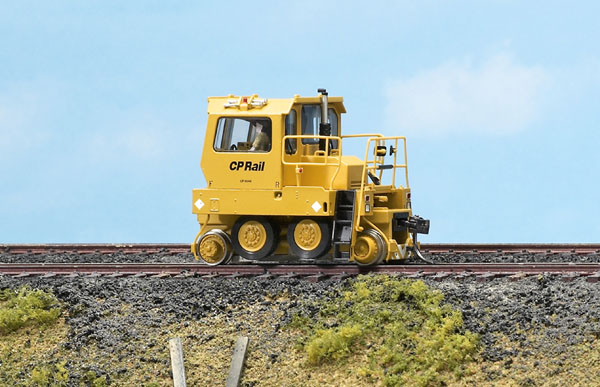
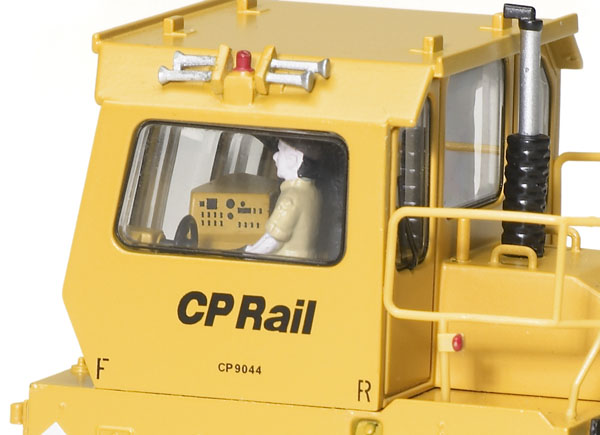
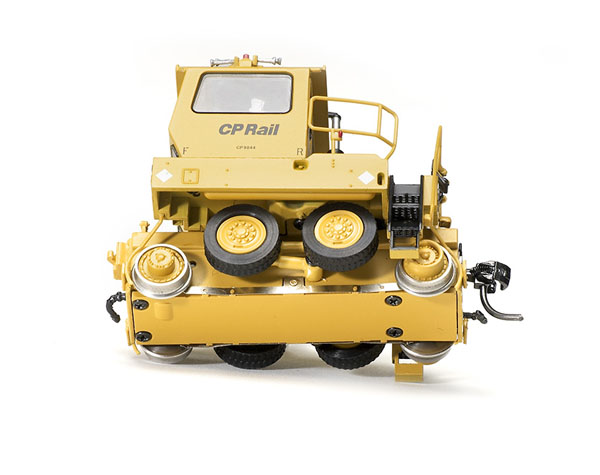

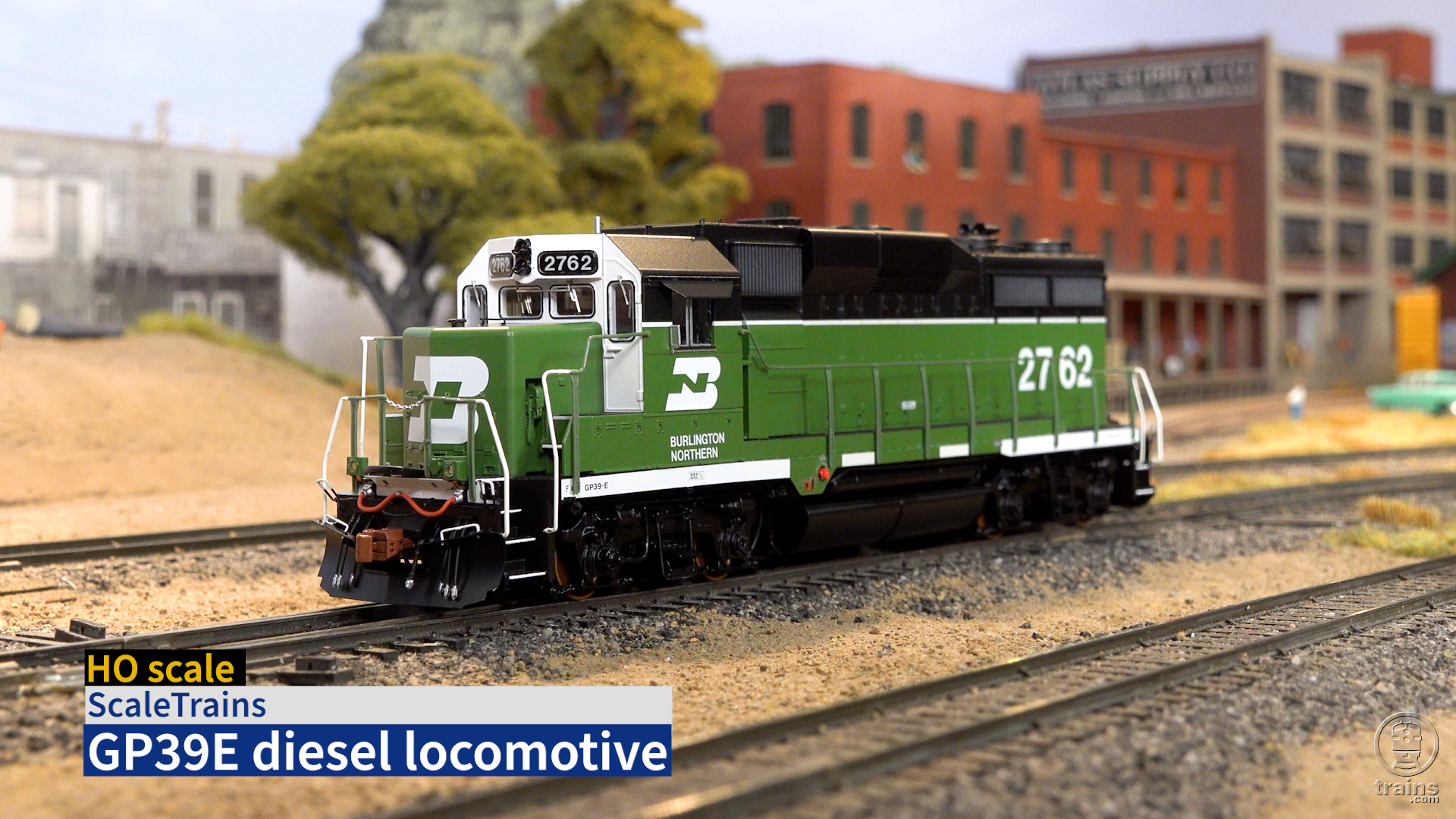
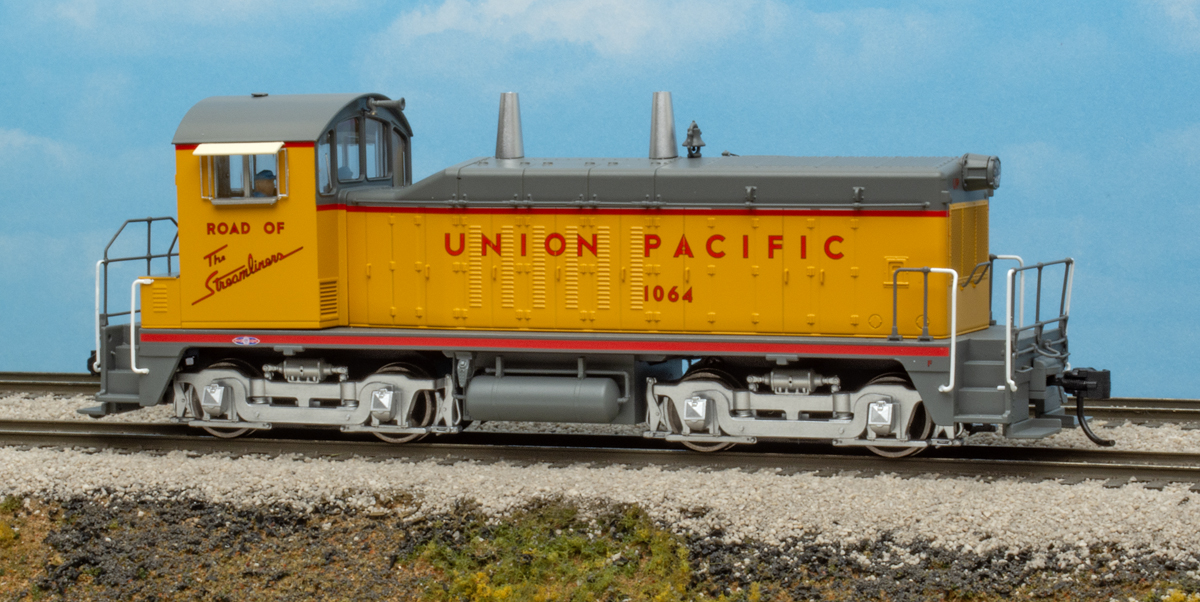
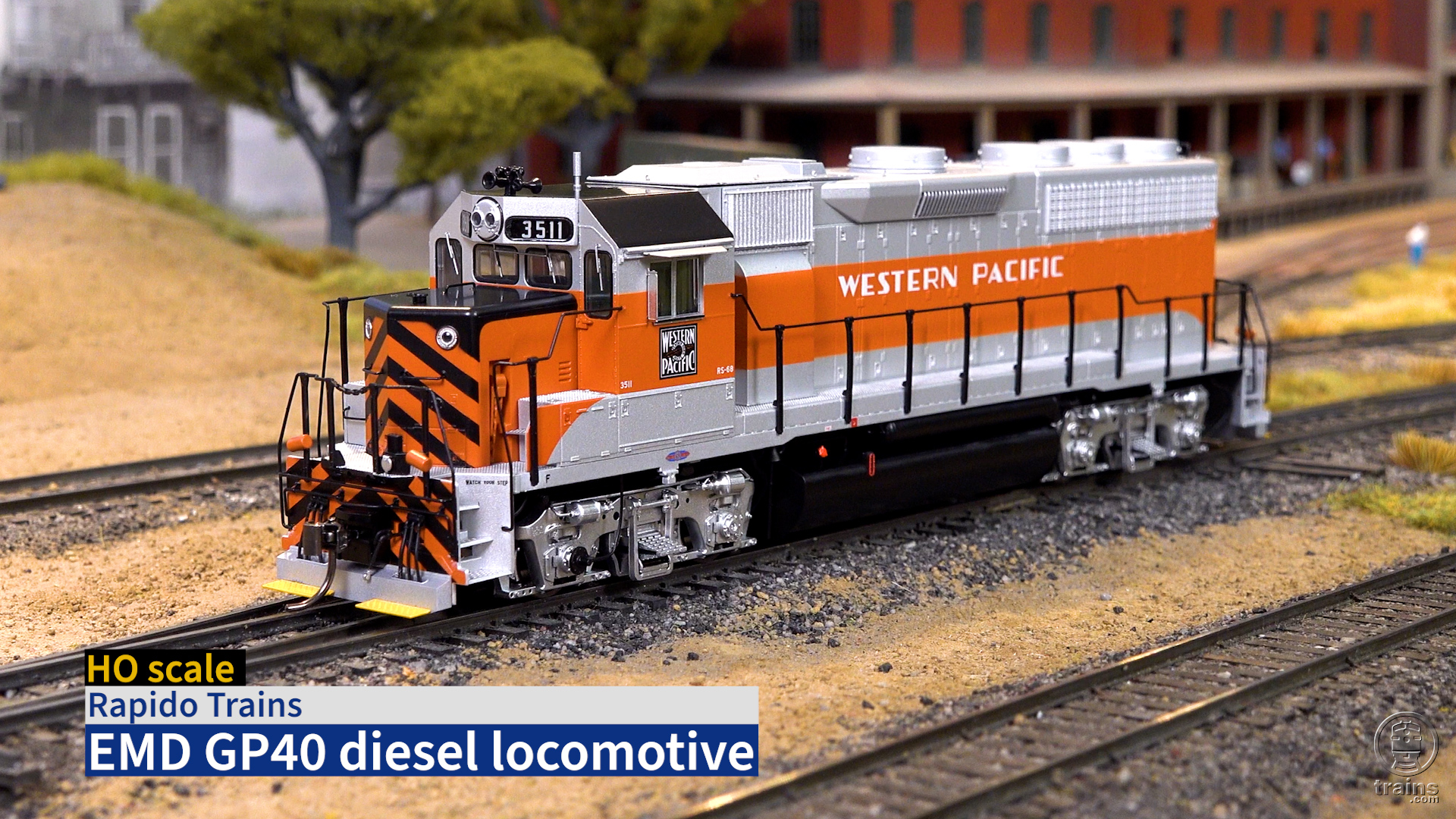
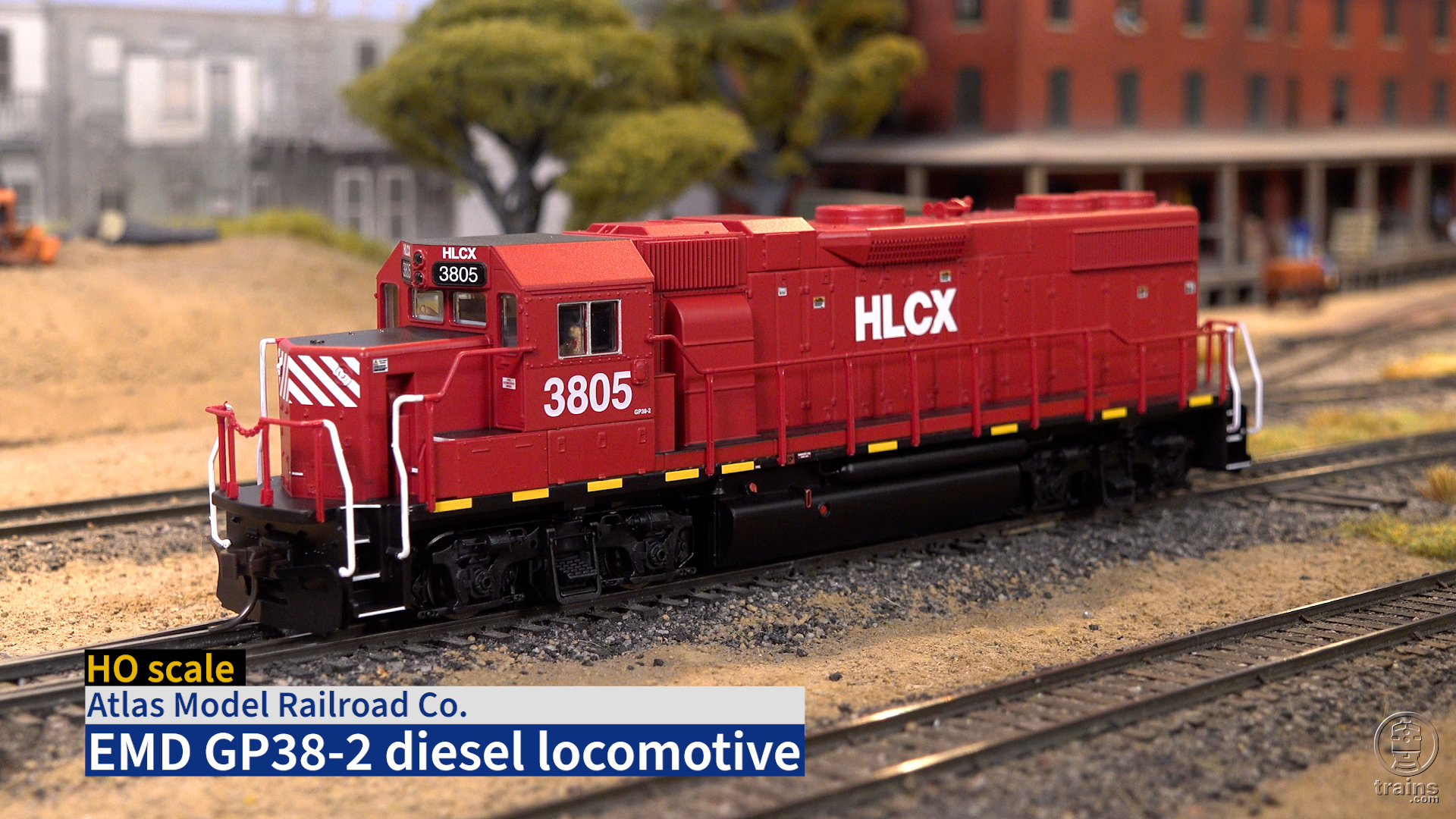




I would like to know where I can purchase a HO Scale Trackmobile or how you go about making a purchase of one. Thanks in advance …Steve Karavas